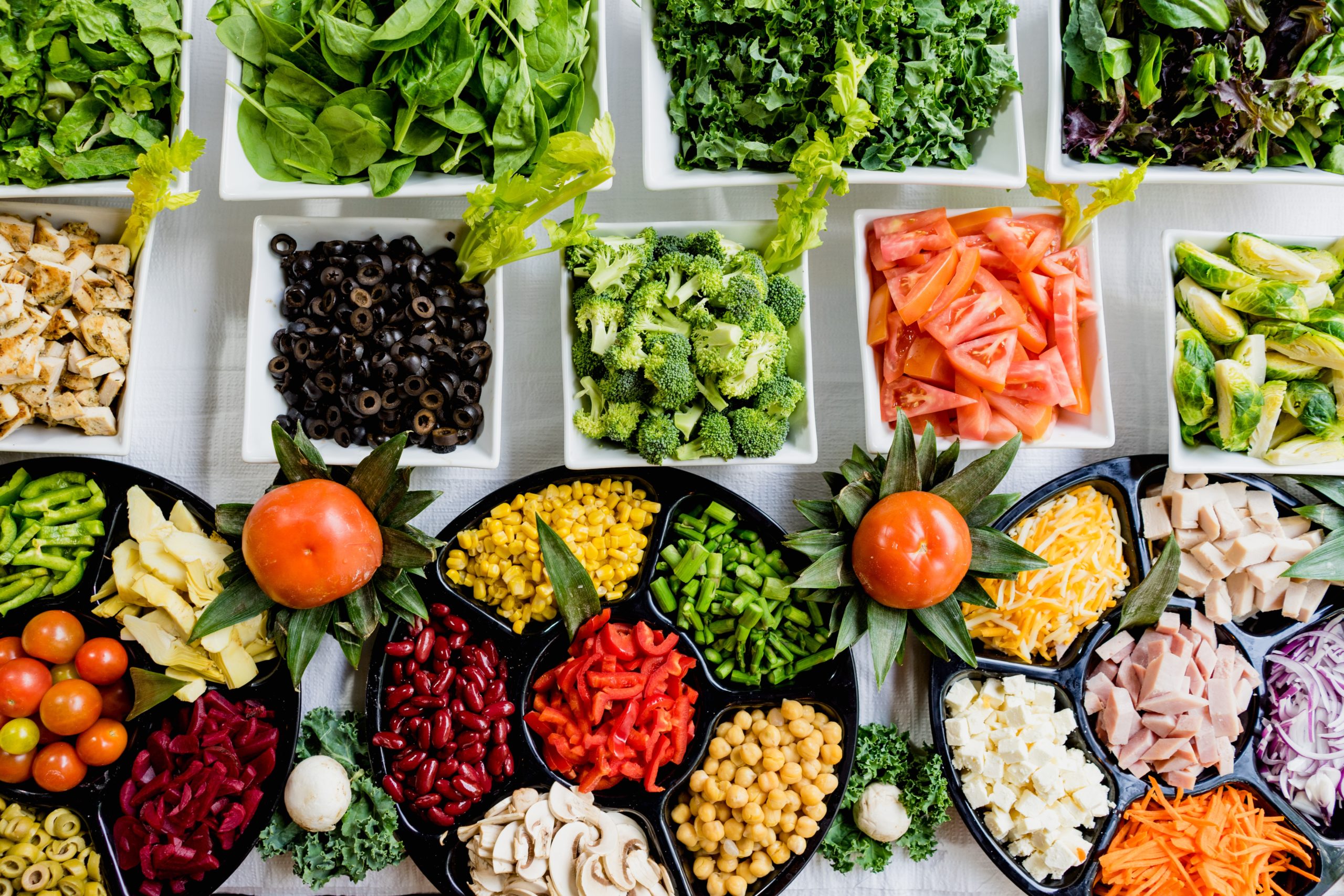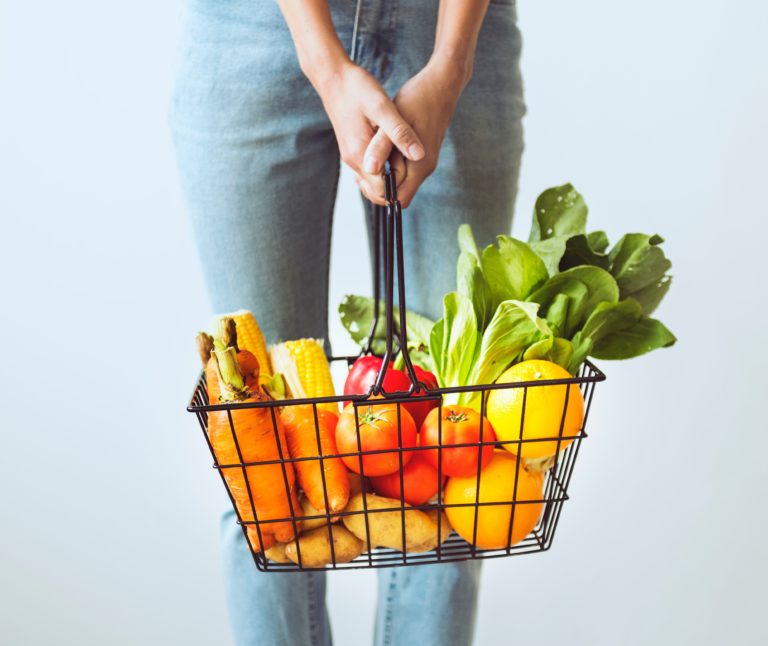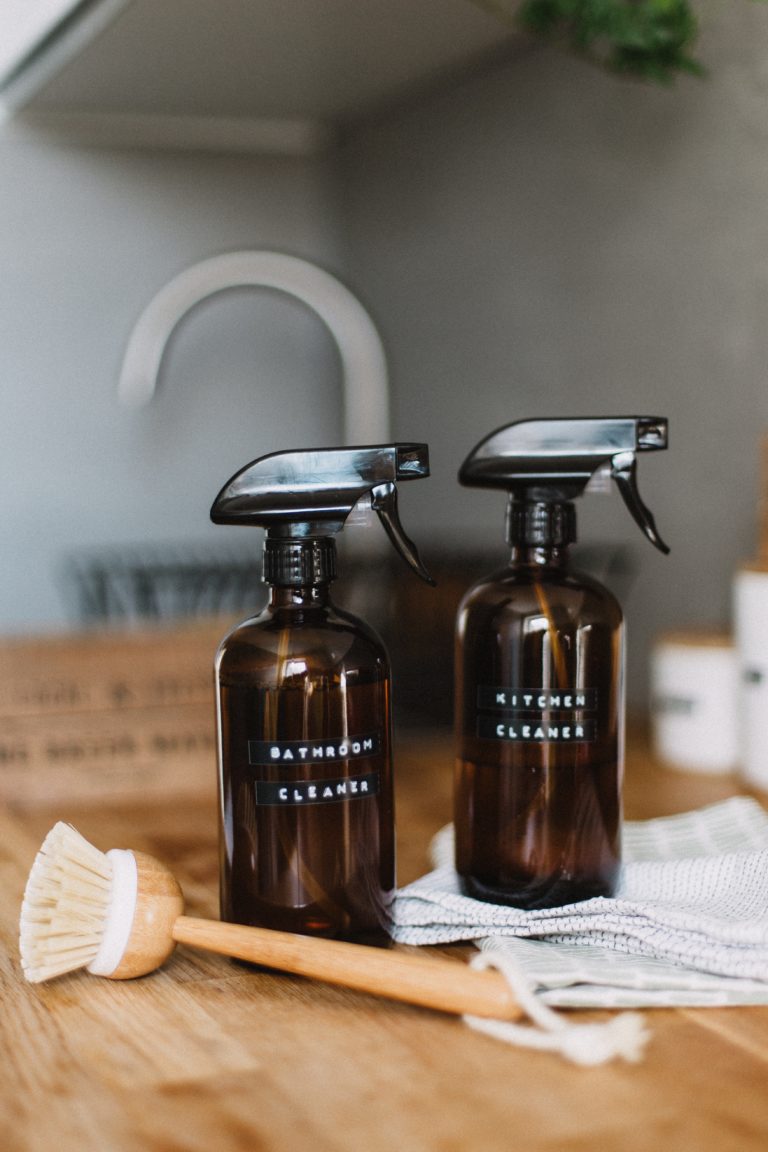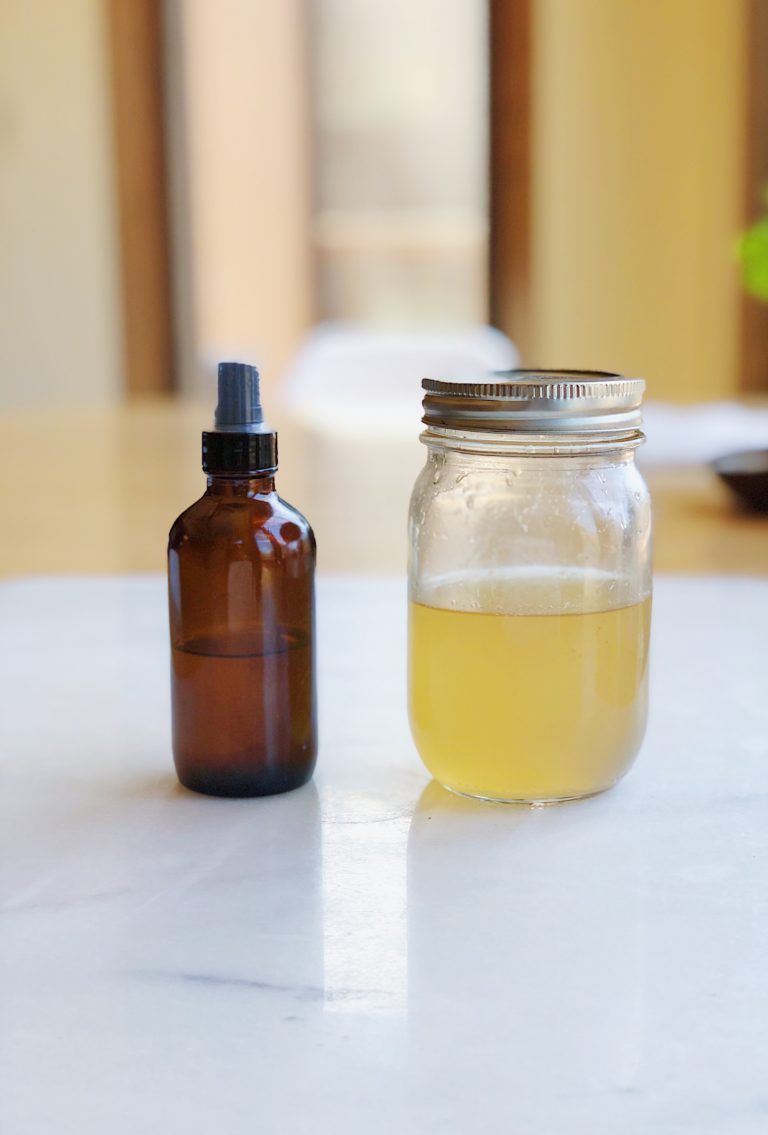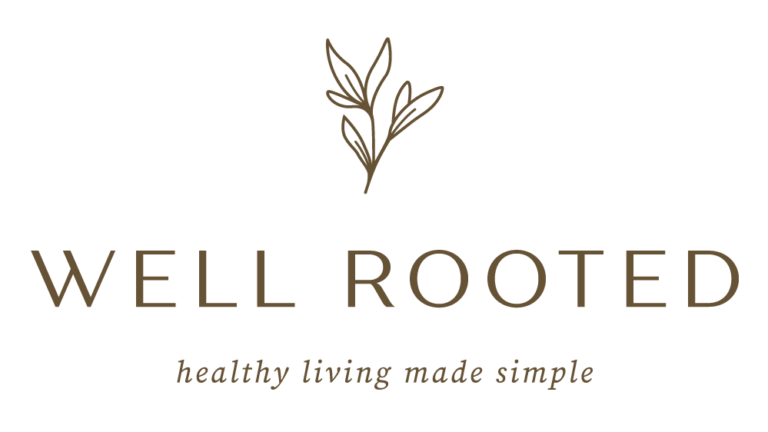Wellness Roundup: Managing Multiple Food Intolerances
Does even reading this title concur up bad memories and difficult situations? Because it does for me. There is a lot of baggage that comes along with allergies, sensitivities, and intolerances to foods. Especially considering it is usually more than one offending food. Knowing this struggle personally, I understand how important it is to work through the process so you can move on. These Managing Multiple Food Intolerances tips will help you find balance so you can live again.
Related: Learn more about my journey with autoimmune disease and how I took control of my healthcare.
WELLNESS ROUNDUP: MANAGING MULTIPLE FOOD INTOLERANCES
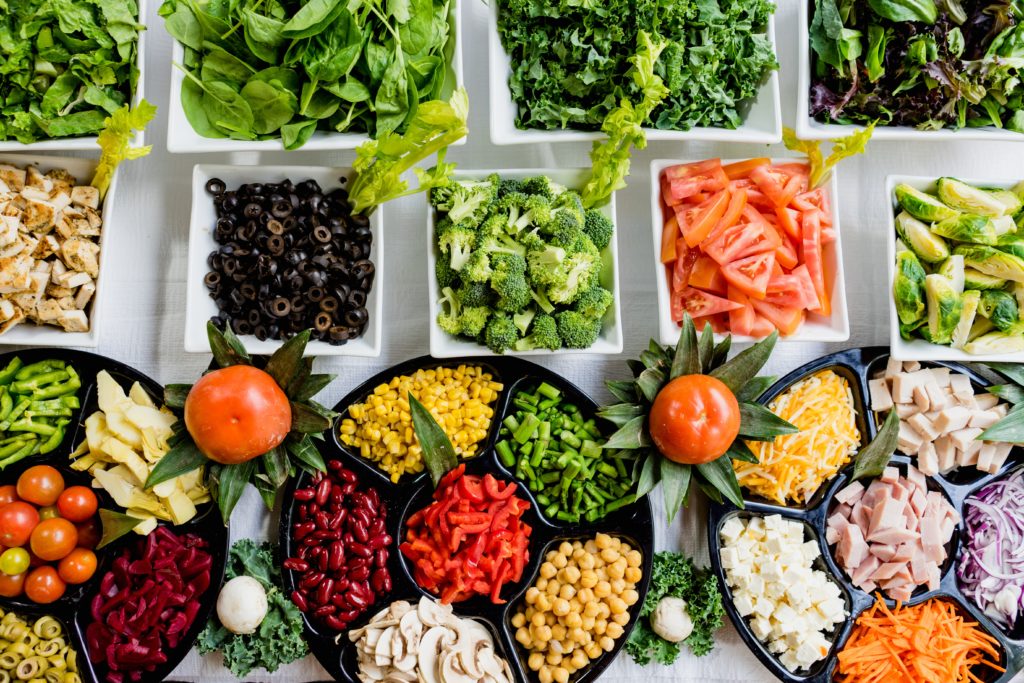
WHAT ARE FOOD INTOLERANCES?
First things first, we need to understand what all these food actually are. Many of us assume sensitivities, intolerances, and allergies are all the same thing. When actually, they are very different.
INTOLERANCES
Intolerances are the most common reaction to food, and often relate to a person’s digestive system. They are very similar to allergies, and are often confused for them. The biggest difference is that intolerances are non-IgE mediated. Meaning, they do not involve the immune system.
Unlike allergies that show up almost immediately, intolerances can take hours or even days to take shape. Symptoms range from mental to physical, but most often cause:
- Fatigue
- Brain fog
- Digestive distress
- Migraine
- Coughing, running nose, and hives
Some common examples of intolerances are lactose intolerance, gluten intolerance, and histamine intolerance.
According to Mayo Clinic, causes of food intolerances include:
- Deficiency in specific enzymes needed to digest the offending foods
- Irritable Bowel Syndrome (IBS)
- Inability to process food additives or chemicals
- Stress or physiological disorders
- Celiac disease
A Note On Histamine Intolerance
Histamine Intolerance is a unique issue, where it can cause severe symptoms that mimic an allergic response. I will share more on this topic in a future post, as it warrants a deep dive, and is something I personally struggle with.
Helpful Products to Consider
Because intolerances are heavily related to your gut health, supporting healthy digestion can greatly improve your symptoms. Here are some of my favorite products to support gut health.

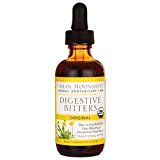
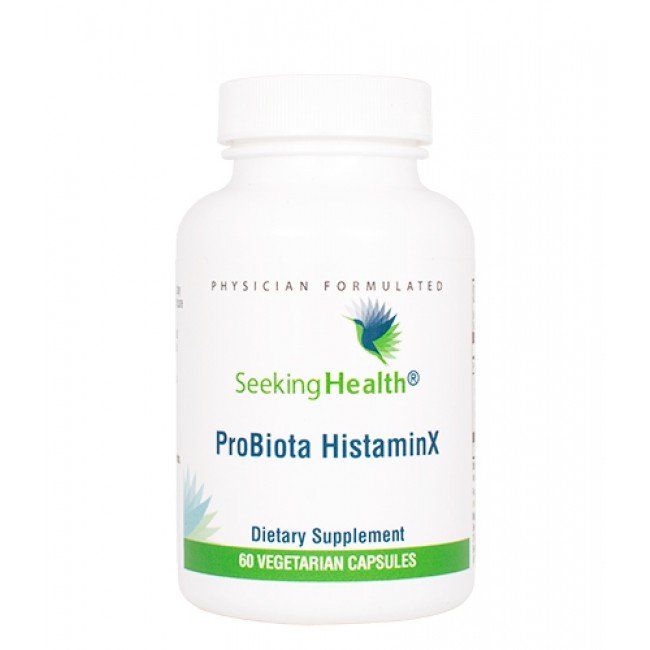

ALLERGIES
Allergies are the truly scary food issue. They can be life threatening, and involve an immediate immune system response. They are increasingly more common, with the rate growing every year.
Allergies vary, can change often, and sometimes come in multiples. The most common allergenic foods are as follows, and are often also associated with intolerances:
- Milk and dairy
- Eggs
- Wheat
- Fish and/or Shellfish
- Peanuts or other Nuts
- Soy
The symptoms can be mild or severe, so it is incredibly important to stay informed, understand the signs, and be prepared.
SENSITIVITIES
Sensitivities are the final category of food related reactions. There is some overlap in symptoms between sensitivities and intolerance as well, however sensitivities can lead to immune response. The best example of this is gluten sensitivity.
Those who do not have celiac disease but still experience IBS or similar symptoms, and even fatigue and dizziness, may fall in this category. This is believed to be an inflammation issue, where the gluten causes an overproduction of proteins.
WORK WITH A TRUSTED PROFESSIONAL
This may seem obvious, but there is one important detail I want to stress when it comes to working with a medical professional. You need to trust them, and feel 100% comfortable in their care. This may mean you have to find a new doctor, or compile a team of doctors (which is exactly what I do).
Especially if you are dealing with multiple health issues, and complicated food reactions such as allergies, you need someone to guide you through the healing journey. Besides a traditional doctor, I highly recommend working with an integrative medicine doctor or functional medicine practitioner.
An Integrative MD or Functional MD will work with you as a whole, and marry traditional and alternative medicine. Learn more and find an integrative doctor or functional doctor near you.

UNDERSTAND YOUR INDIVIDUAL NEEDS
The most important step in your healing journey begins with understanding your individual needs. Reactions to foods are different for everyone, as is the best treatment plan. It is essential to tune into your mind and body, and listen to what they have to say.
Without this understanding, you cannot truly begin to heal. Thankfully there are a few simple ways to come to terms, and work with, your intolerances.
KEEP A FOOD JOURNAL
The single best way to track symptoms, reactions, and stay organized, is to keep a detailed food journal. This is especially important when you are just starting out on this journey.
Cataloguing the details of your food, exercise, mental and physical health, stress management, and other key elements allows you great insight into the state of your health. It is incredibly helpful for managing food intolerances in that you can find patterns in your symptoms.
Food impacts us both mentally and physically, with literally dozens of symptoms, so it is almost impossible to pinpoint which food is causing issues unless you track it. This becomes even more essential when you try an elimination diet.
You can keep a hand written diary, use one of several mobile apps, or use a cloud based spreadsheet like Google Sheets (which is what I use).
Want to keep a food journal but don’t know where to start? Please contact us and I would be happy to provide you what I use.
TRY AN ELIMINATION DIET
Alongside using a food journal, an elimination diet is the most effective means to target food intolerances. By removing suspected offending foods for at least 4 weeks, and then reintroducing them one at a time, you can clearly identify if those foods cause you issues.
Eliminating some of your potentially favorite foods is daunting and difficult at first. I highly recommend using the tips in the next section to your advantage.
Do plenty of research and work with your trusted team of doctors before you start any elimination protocol. It is imperative to have a professional guide you through the process so you don’t risk making things worse. You also need to make sure the diet suits your needs.
And when it does come time to reintroduce foods, make sure you are well prepared and do not rush things. This guide to reintroduction by Empowered Sustenance, has incredible tips to ensure you get the most out the experience.
A Word of Caution
When you start down the road of elimination diets, you can easily and quickly develop poor eating habits and even disordered eating. This is something I experienced as well, and is incredibly common. This why I now focus on intuitive eating and mindful eating. Learn more about my experience with elimination diets to see if they may be right for you.
Helpful Products to Consider




CONSIDER TESTING
If you have already tried an elimination diet and it either didn’t work for you, or you are still having symptoms, getting tested is something to consider.
There are two gold standards for food testing, with the most popular being IgE testing. This is one of the tests that identifies allergies, and those reactions that immediately affect the immune system.
There is also IgG testing, which helps identify sensitivities and intolerances that do not directly affect the immune system. Then there is Mediator Release Test, which also tests for sensitivities. For reference, this was the test I took previously.
As a disclaimer, the reliability of testing for food sensitivities and intolerances is a bit of mixed bag. They are not always accurate, and can give false positive results. They certainly have their place and can be helpful, but bear this in mind before making the investment.
INVOLVE FRIENDS + FAMILY
Your loved ones want to help you through these challenges, I promise you. And if they don’t, well find some new friends! All kidding aside, your support network will be an immense help to you.
Not only that, but food reactions tend to run in the family. If you dig into your family history, you will more than likely find numerous members with the same or similar issues. Understanding their symptoms and treatment may just help you better manage your own.
When you are first starting out, there are a few simple ways to bring your loved ones up to speed.
- Sit down with your loved ones and fill them in on what is happening. You don’t have to share all the gory details, but be specific and focus on your limitations and reactions. Once they know the repercussions of your offending foods, they will take heart in helping you avoid them.
- Email a list of your safe and offending foods, as well as print a list to keep in your family’s kitchen. Place it in an obvious place (think side of the fridge) so it is easy to reference.
- Ask for help when needed, and get comfortable saying no. For example, if you do not feel comfortable in a certain environment for fear of getting contaminated food, then say no to that party. If you leave all gluten out of your home but are hosting a party with gluten-eating guests, kindly explain to your friends you will have alternate options available.
ALWAYS BE PREPARED
It goes without saying, being prepared helps you plan for the worst case scenario. But more than that, it can also help put you at ease when you are outside the comfort of your own home and are managing multiple food intolerances. Here are a few helpful hints to help you along the way.
- Believe it or not, dining out is possible. You just have to do your homework and work with the restaurant well in advance of your arrival. Plan to be involved in selecting the restaurant if possible, bearing in mind higher-end restaurants are typically more accommodating. Call ahead to speak with the manager and/or chef.
- Bring your own safe foods to parties and gatherings. I always travel with food and even bring my own entire meals with me when I am uncertain if there will be options for me. This not only helps me feel secure, but also takes pressure off the host. If you are tasked with bringing a dish along, make something that is safe for you.
- If you know you will be in an environment where you could get exposed to your food triggers, plan to bring emergency support in the way of supplements or even medication. These will not be effective for everyone, but are a great backup plan just in case. See more of my go-to products below.
Helpful Products to Consider


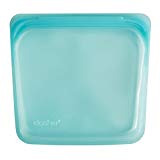

Related: Learn how to master travel while following a Paleo or AIP diet, which includes dozens of additional tips for eating outside the home and while on the road.
COME FROM A PLACE OF LOVE
One of the biggest takeaways I have learned from managing my food reactions is the importance of my relationship with food. And not just with food, but with my health in general. This didn’t happen at first, or even quickly, but it did come with time.
It is completely natural to react with shock, anger, disbelief, and sadness when you first learn you have to give up some of your beloved foods. Change is difficult, and when it is forced, our instinct is to fight back. However, fighting against our body and mind will get us no where.
Instead, learning to love yourself, love your body despite its limitations, and then choosing to see the situation as a way to grow, will allow you to truly heal. Because food reactions, and any health challenge in general, require constant care and love. When we come from a place of love, we learn to work with our limitations, not against them.
This is a very tough lesson to learn, one many of us (myself included) may learn the hard way. If there is a chance for you to start from a place of love right away, you will get better quickly. Or, if you are years into your struggles and still not really improving, this one shift could make all the difference. It certainly has for me.

